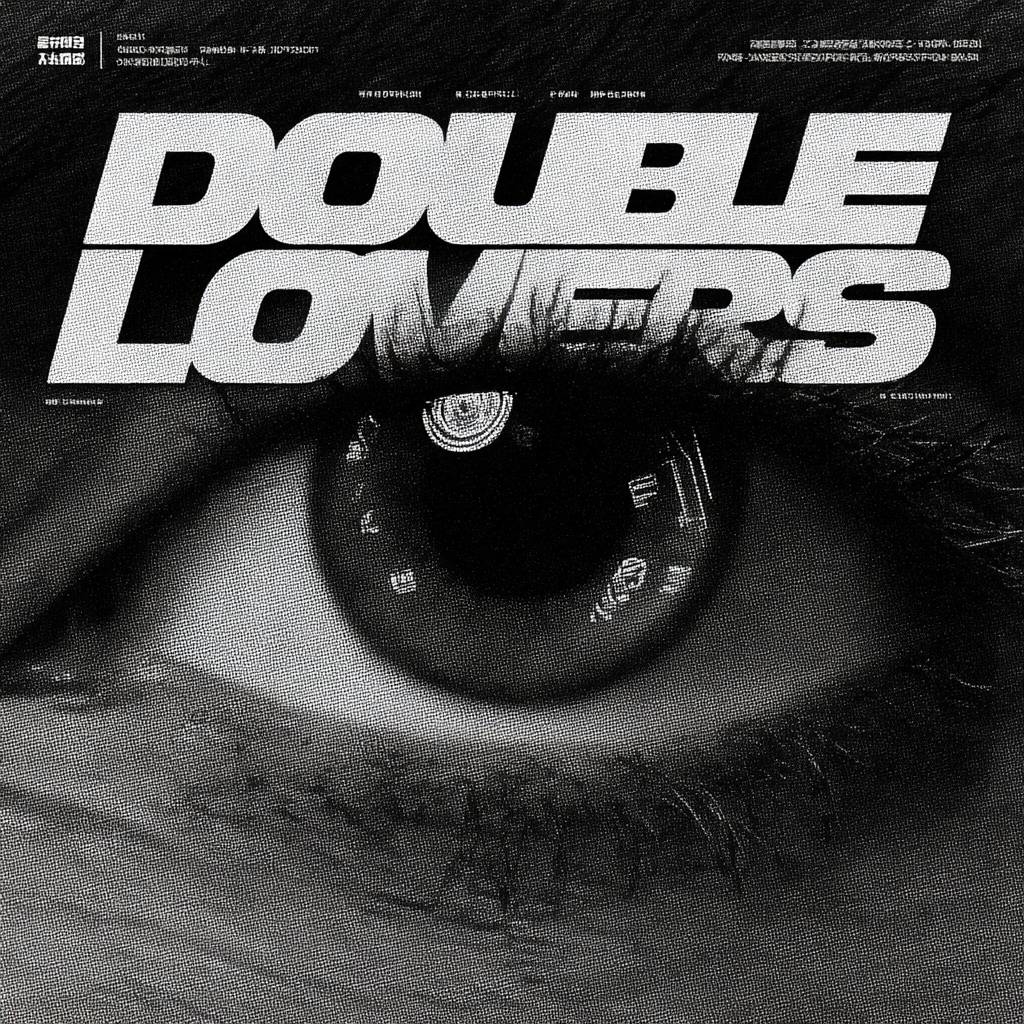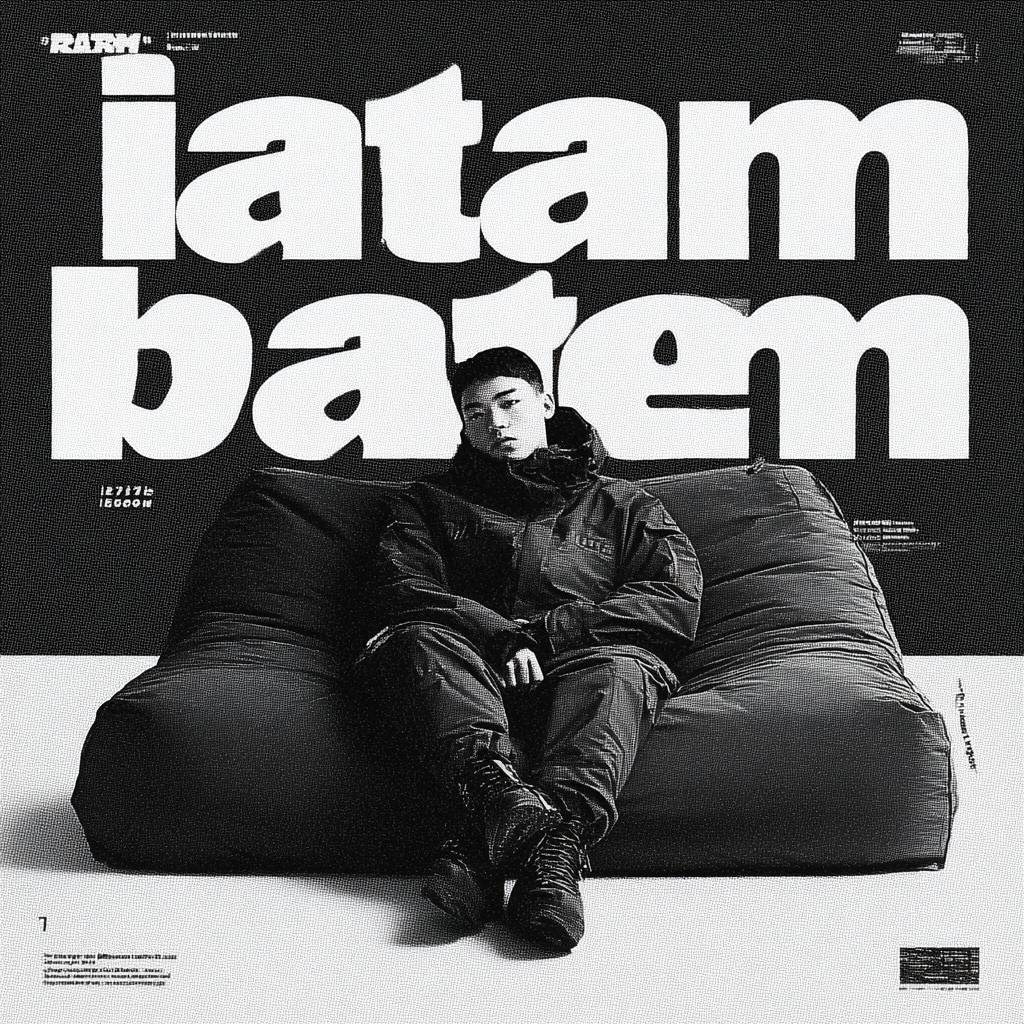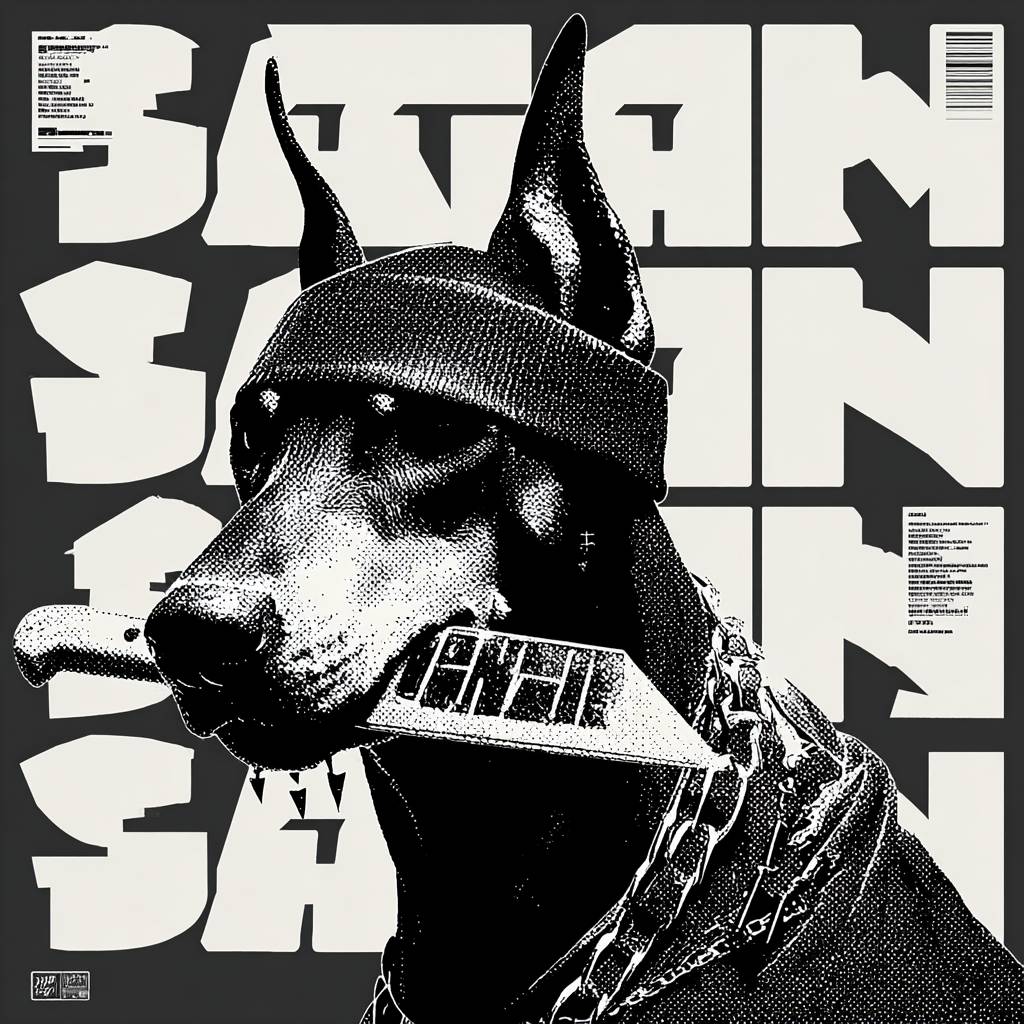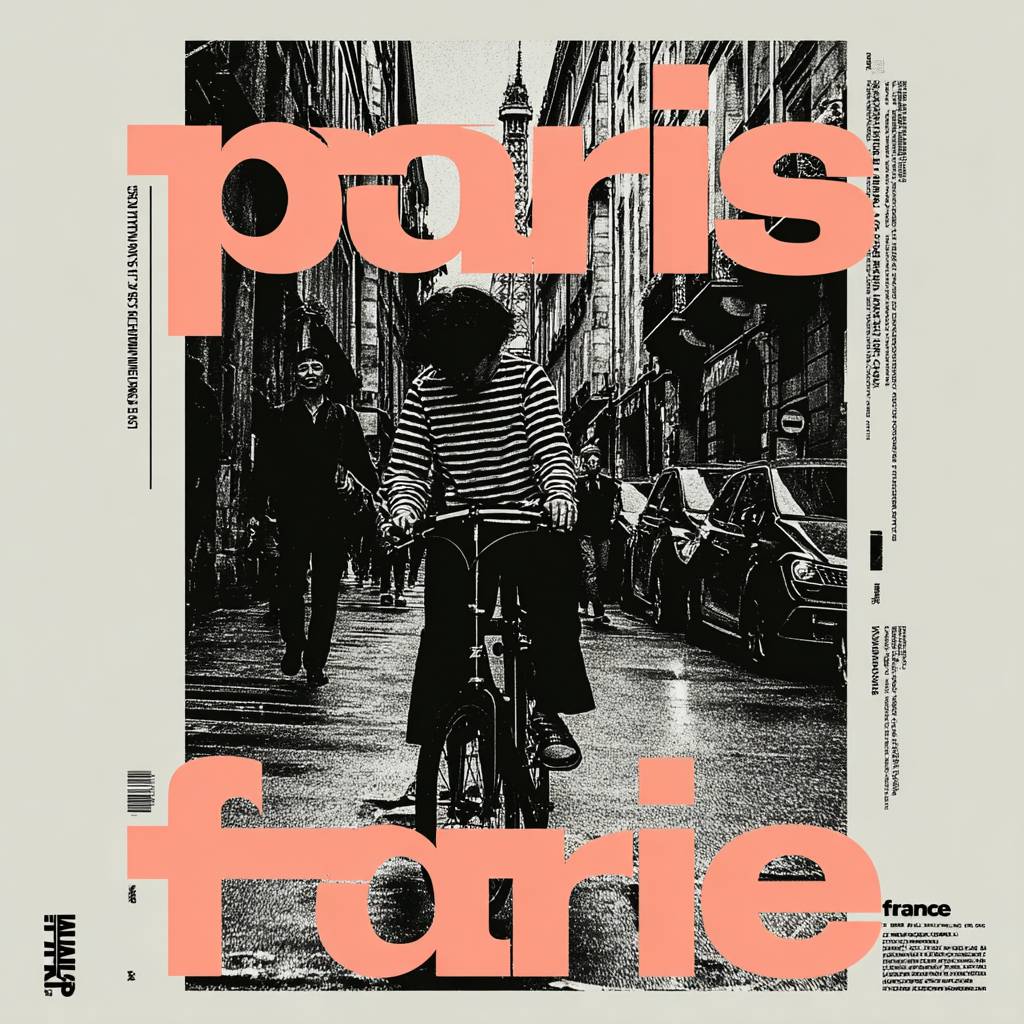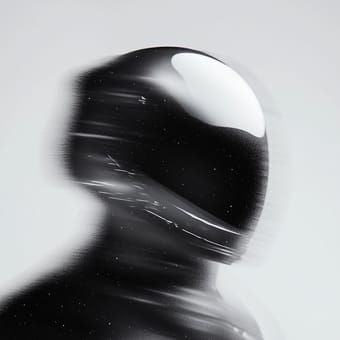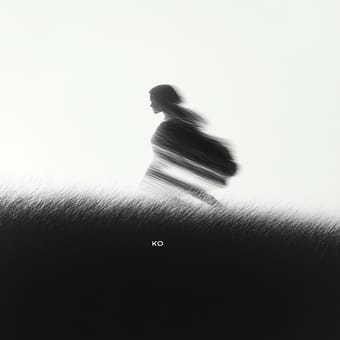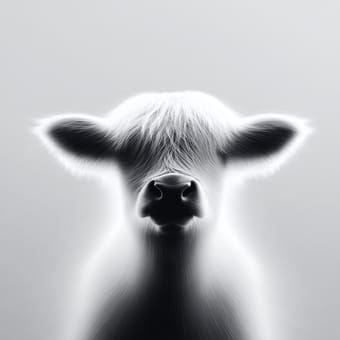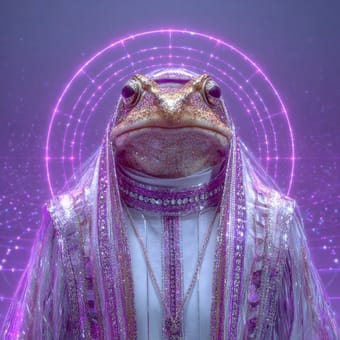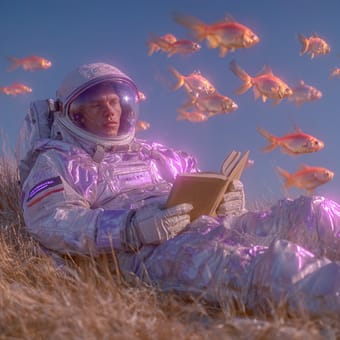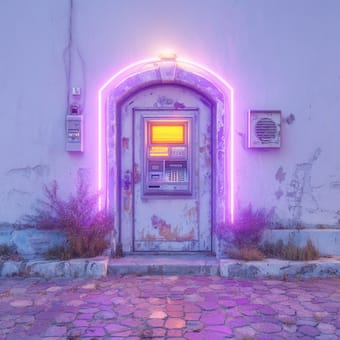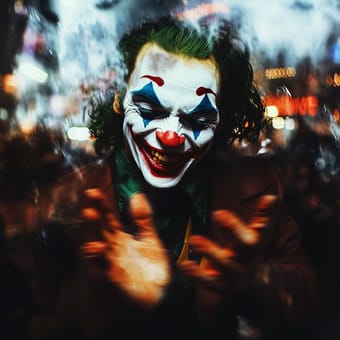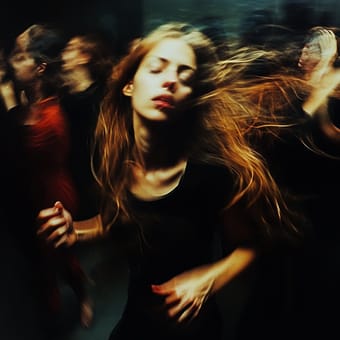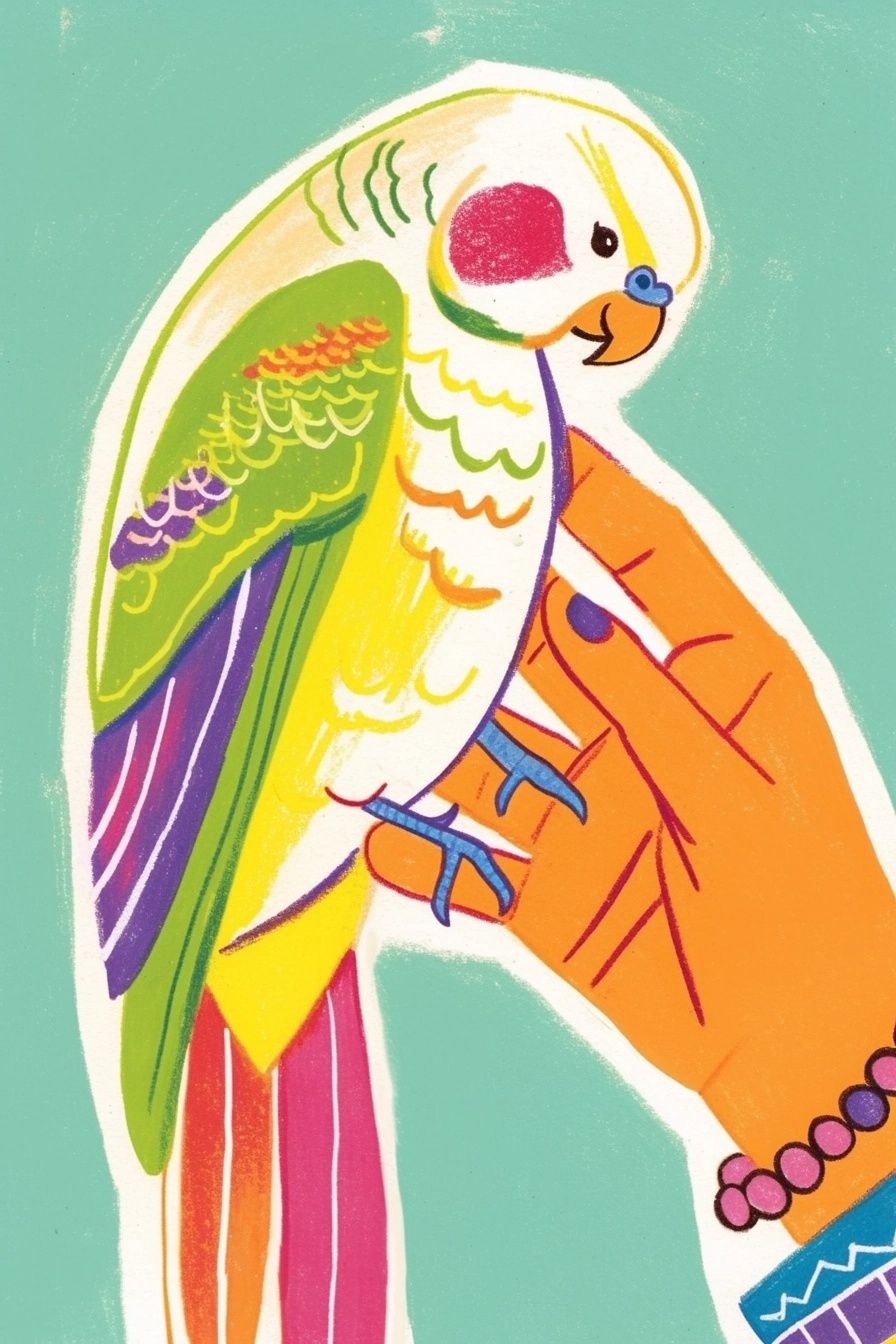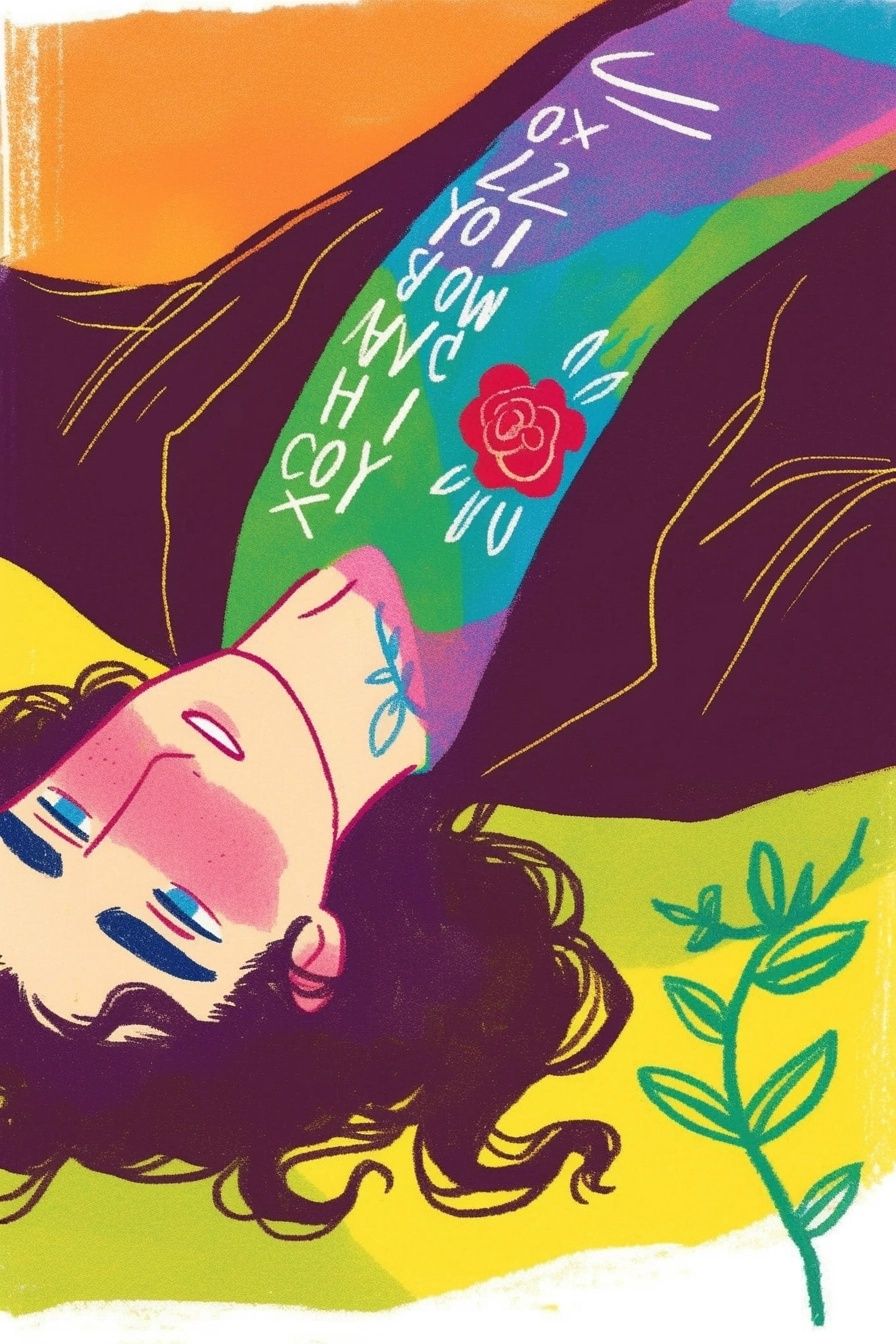Style Type
This SREF style combines the dual characteristics of contemporary graphic design aesthetics and street art, with strong brutalist design elements. It inherits the minimalist philosophy of mid-20th century Swiss International Style graphic design while incorporating the rough textures and deconstructivist elements of the modern digital age. This style has clear connections to the rebellious typographic design of renowned designer Neville Brody, particularly excelling in breaking traditional layout rules and creating visual impact.
Style Characteristics
The greatest feature of this SREF is its strong visual contrast and rough textural quality. It skillfully uses a black, white, and gray color palette to create dramatic effects, cultivating an "unfinished" industrial aesthetic through rough halftones, noise, and worn textures. The typography employs oversized fonts with heavy strokes, possessing a strong presence. What makes it impressive is its successful balance between minimalist restraint and street culture's boldness, creating a unique visual language that is both modern and carries retro industrial textures.
Recommended Application Scenarios
This style is particularly suitable for music album cover design, fashion brand posters, street culture-related visual communication, and promotional materials for avant-garde art exhibitions. In digital media, it's perfect for social media brand visuals, trendy magazine layouts, and independent brand packaging design. For projects requiring the expression of rebellion, avant-garde, or industrial aesthetics, this style provides powerful visual support.
Recommended Prompt Keywords
- brutalist typography: Can strengthen the weight and architectural structural beauty of text, creating more impactful layout effects
- grainy texture overlay: Using this keyword can enhance the rough texture of images, creating a more authentic printing and street art atmosphere
- high contrast monochrome: Adding this element will significantly enhance the dramatic tension of images, strengthening the visual impact of black and white contrast
 Library
Library